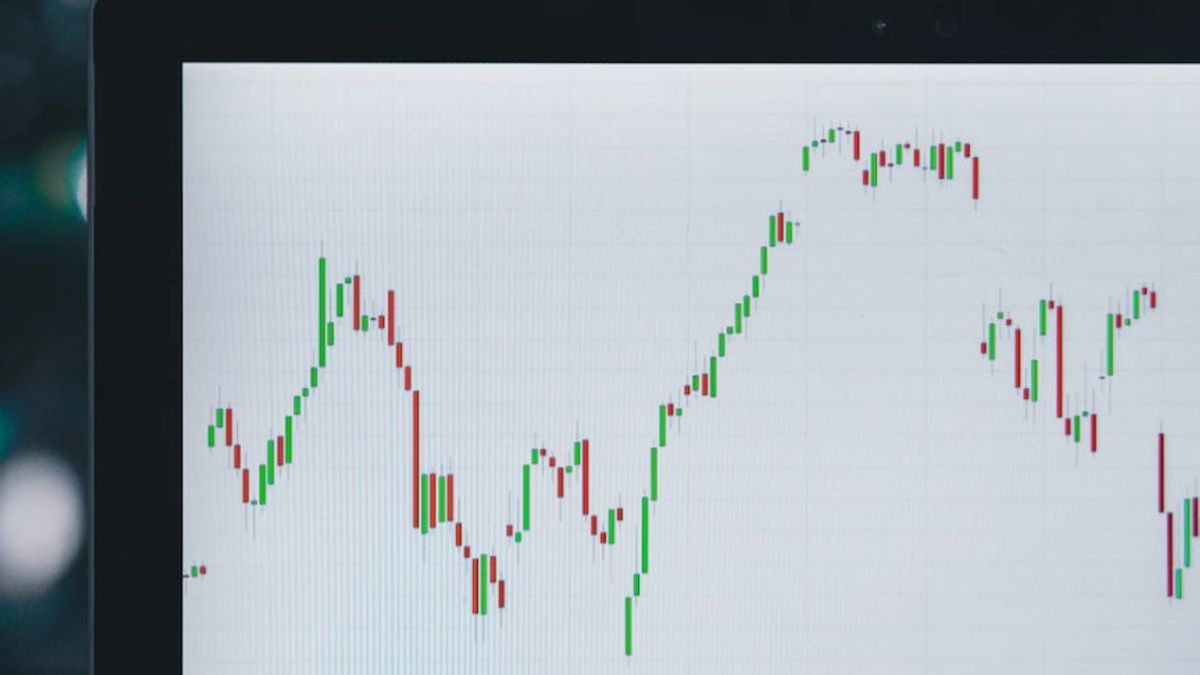JAKARTA There are several forms of crypto trading that can be done by traders. In this case, spot trading is mostly done by traders in general. But besides that, there is also another form of trade, namely futures trading.
Traders can use suitable trading methods to do. Both spot and futures trading. Spot trading itself is a trading method that is already popular with general traders. This shows that not all traders are interested in using futures trading methods.
However, for those who are interested, it is better to get to know futures trading first before using the trading method. VOI.id will explain the understanding and way of working as well as the risk of trading futures.
Crypto Futures Trading Understanding
Launching MakeUseOf, futures trading or crypto futures contract trading is a type of trading that mimics futures trading in the main market. This involves the use of futures contracts, which are legal agreements to buy or sell future assets at predetermined prices.
In cryptocurrencies, this means agreeing to buy certain cryptocurrencies at certain prices at a certain time in the future, regardless of current prices. The agreed time can be as short as 24 hours to several years.
In the form of futures trading, the parties involved in the transaction usually base their trade on speculation about how future asset prices will work. Therefore, this is referred to as future trading.
Whatever happens, trade is executed on agreed date and time and usually only benefits one of the two people who approve trade. Exchanges that allow users to trade futures include Kraken, BitMEX, Bybit, and eToro, some of which are one of the best crypto exchanges for the US population.
How to Work Trading Futures Crypto
Futures traders usually only speculate on how the price of crypto assets is likely to perform in the future. Their conclusion may be based on fundamental analysis using multiple metrics or technical analysis, sometimes both, which is the basis for their predictions that assets will perform in certain ways on certain days.
In futures trading there are terms Long and Short. Long positions are used by traders to predict an increase in the price of crypto assets in the future. Meanwhile, the Short position is used by traders to predict the decline in the price of crypto assets. In short, Long and Short reflect the moving price of assets that will rise and fall.
For example, a trader can open a Short futures position on the contract to sell Bitcoin at a certain price on October 23, 2022. Someone who intends to take trading will open Long's position on the contract.
Assuming the agreed price is $3.000 per bitcoin, and the current price is $23,000, sellers will sell at a profit if bitcoin prices remain below $3.000, while buyers will lose.
On the other hand, if the price reaches $45,000 on October 23, the seller will lose money and the buyer of the profit. Futures contracts can only be canceled before the agreed date by entering a trade that is contrary to what you initially opened. The contract must be fulfilled once the agreed day is reached.
To increase their potential advantages, futures traders sometimes borrow from exchanges they trade to increase their trade size. This is called leverage, and in multiple sizes of the original trade, namely, for trading X, leverage can be 10X, 20X, 50X, or even 100X, depending on the exchange.
It should be noted that borrowing to increase the size of trading can backfire if trade does not benefit you. You will be liquidated, and your funds will be lost for good, so it's quite risky.
Futures Trading Risk
Trading futures can actually be profitable if done the right way. But on the other hand it can bring a big risk if traders lose. For example, using Leverage is the main risk because in addition to increasing your potential profit, it also increases your potential loss. This is even more serious in the highly volatile crypto market.
Before the exchange lends you money as a Leverage for futures trading, you should set aside the amount known as the initial margin as insurance if you lose trading. It's stored in a stock exchange holdings, and you can only access it after winning trading and paying back the borrowed funds.
If you lose in trading, the exchange will automatically liquidate your position and close trading, resulting in a permanent loss of capital. This is why trading with Leverage is not recommended.
Not a few are tempted to use Leverage because it promises big profits, but the big advantages go hand in hand with the big risk of losing your funds. Therefore, general traders are not advised to use Leverage.
Thus the meaning of futures trading or trading futures, how it works, and the risks must be anticipated properly.
The English, Chinese, Japanese, Arabic, and French versions are automatically generated by the AI. So there may still be inaccuracies in translating, please always see Indonesian as our main language. (system supported by DigitalSiber.id)













